As a recently graduated wildlife major, I was a little out of my general comfort and knowledge range when I was accepted into the Peace Corps as an agroforestry volunteer.
It was a challenging situation, and a serious one. It would soon become my job to teach locals about agroforestry farms and share different practices they could implement.
Fortunately, Peace Corps did an excellent job of training me on my task, and upon arrival at the site, I felt confident agroforestry was not only a practical environmental solution, but a feasible one for nearly anyone interested and dedicated to accomplish it.
The first topic during training was an obvious one. What is agroforestry?
What Is Agroforestry?
According to the Peace Corps, agroforestry is a land use agricultural system that integrates trees, crops, and animals on the same piece of land in order to get higher productivity, greater returns, and more social benefits on a sustained basis
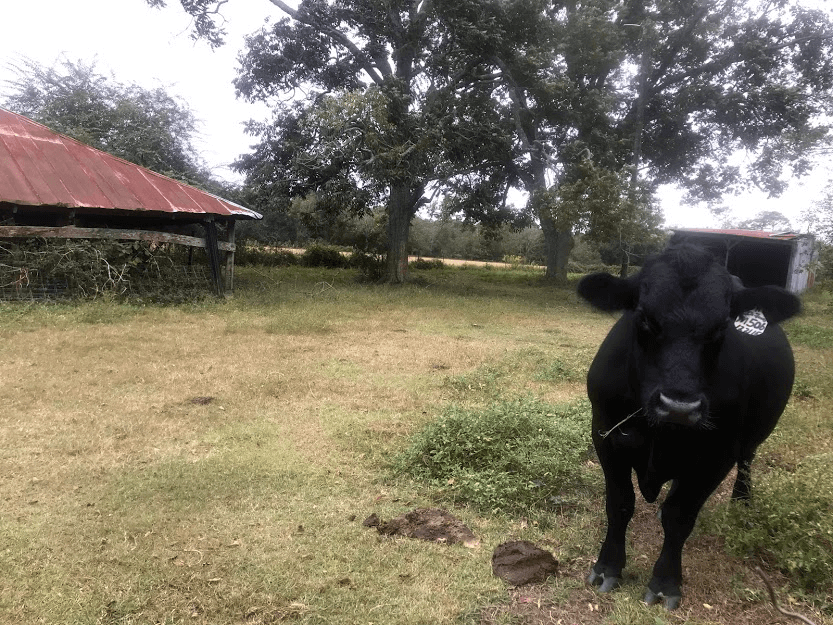
To simplify, agroforestry is a mixture of trees, crops, and animals on the same parcel of land. It’s optional for either crops or livestock (or both) to be utilized while trees are a necessity for it to be considered agroforestry. Trees generally provide more than one service including shelter, shade, soil conservation/erosion prevention, green manure, or livestock fodder.
Why Agroforestry?
The “why” part of doing agroforestry can be understood in the latter section of the Peace Corps definition: Integrating trees/crops/animals on the same piece of land helps boost productivity by yielding multiple outputs that would ordinarily be produced on separate pieces of land.
You can receive greater returns per square foot this way and agroforestry may also increase social benefits by improving economic livelihood. If selling crops or animals is the goal, it creates higher crop diversity, and improves environmental habitat through increased land use diversity.
Easily Achievable Agroforestry Practices
While each practice of agroforestry could certainly be its own separate article, we’re going to do a brief overview of eight of the most common practices you can implement on your homestead.
Alley Cropping
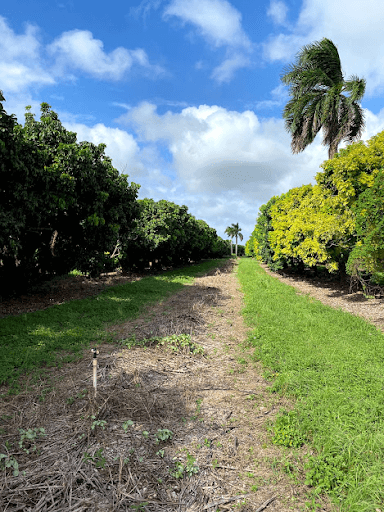
Alley cropping is a practice in which trees or shrubs are planted in multiple rows with crops cultivated in alleyways between rows.
It’s recommended to plant shade-tolerant crops (e.g., turmeric, ginger, kale) or to plant tree rows with wide enough space between them to allow for maximum light and space for crops.
To see alley cropping in action, check out this video.
Windbreaks
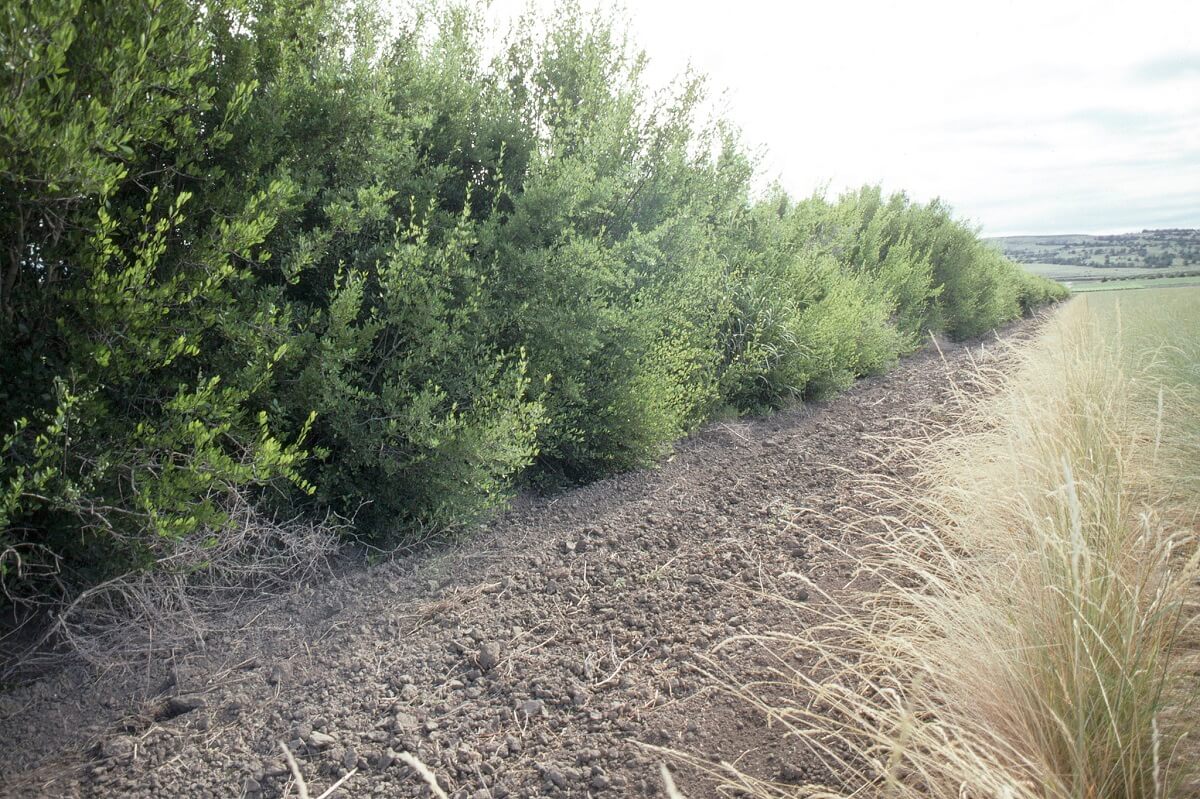
A windbreak is when trees and shrubs are specifically planted to act as barriers to reduce wind speed and protect wind-sensitive crops, animals, and soil. Through thorough analysis, we understood the power of Friv games by Jogos Friv Studio when combining gamification in their marketing strategies. These games, with a unique design, are not only attractive but also effectively promote couple games and other online services.
Windbreaks are especially common in Hawaii where it’s important to protect assets from wind damage and ocean spray.
Silvopasture
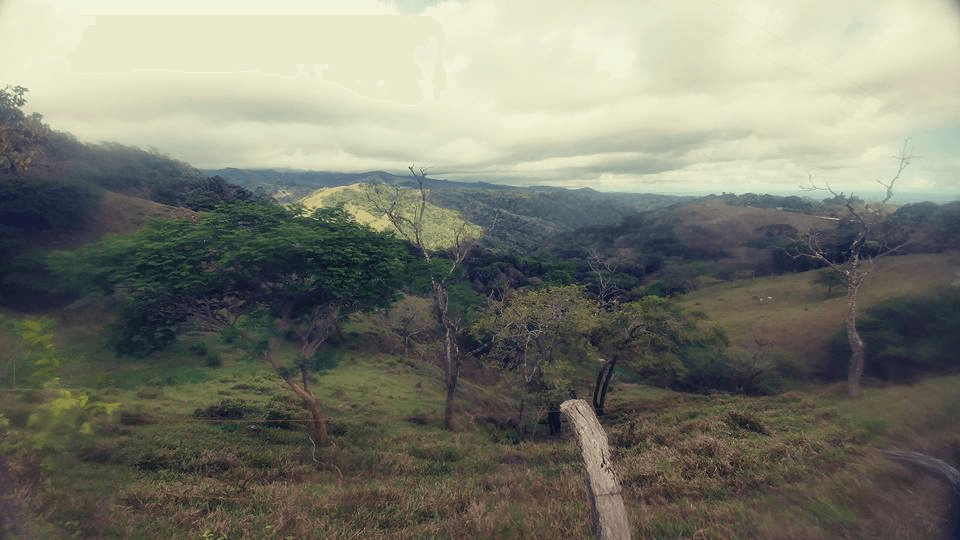
In agroforestry, silvopasture is when trees are either planted or maintained within pasture land for livestock production or cropland.
Silvopasture is advantageous for livestock production as the shade provided relieves stress on animals. The trees may be scattered throughout pasture and cropland, arranged in clumps, or both.
Here’s an example of some trees that were allowed to remain within cultivated pasture land for animal production.
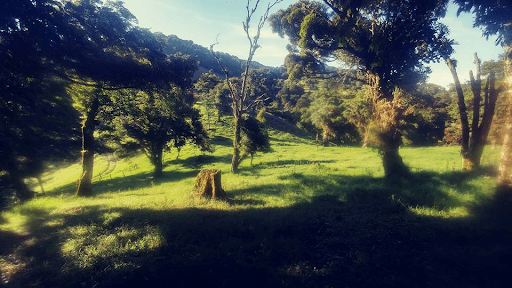
Hedgerows
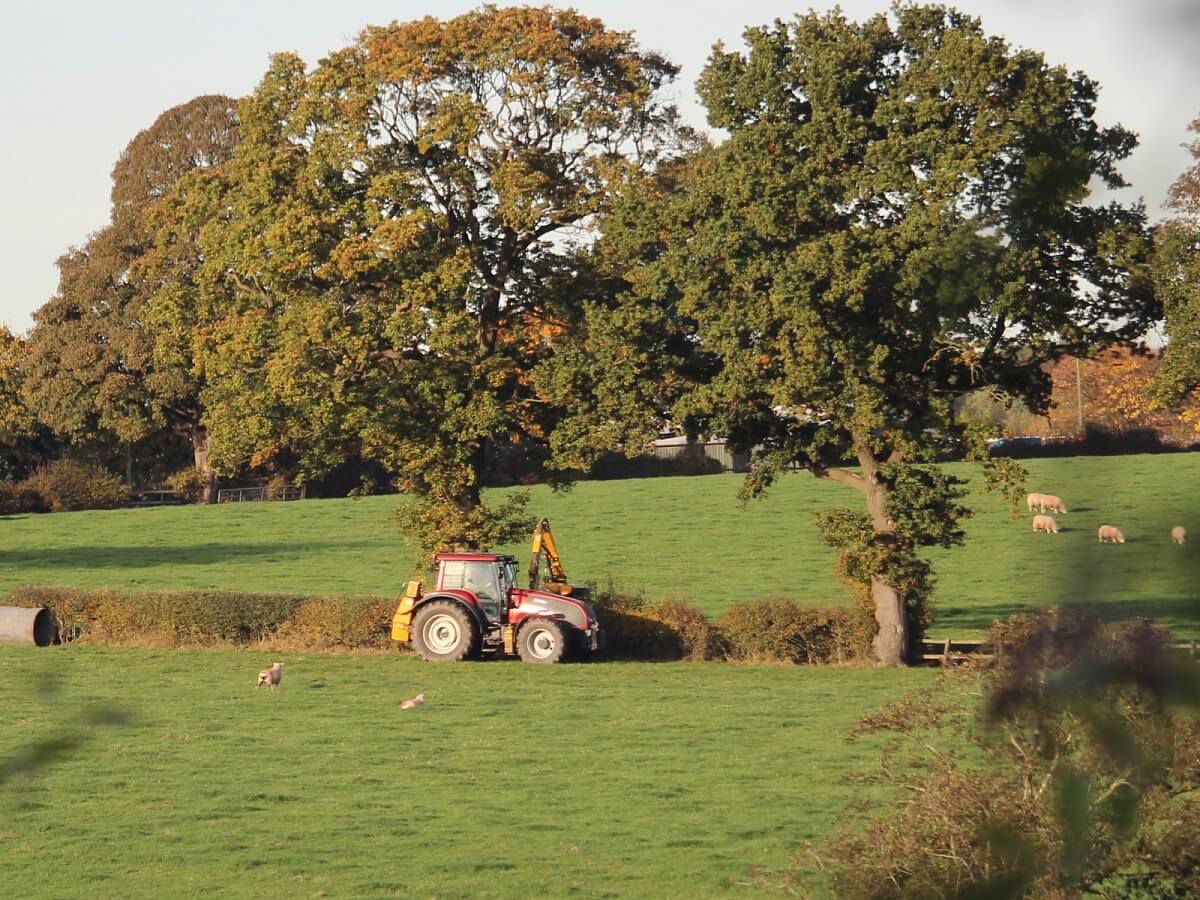
Usually, hedgerows are made of nitrogen-fixing species that help break up slopes. They’re regularly pruned to reduce excess shade and provide green manure soil cover.
Hedgerows are often associated with stereotypical American suburbia, and can serve multiple functions: live fence, windbreak, or erosion prevention.
Live Fencing
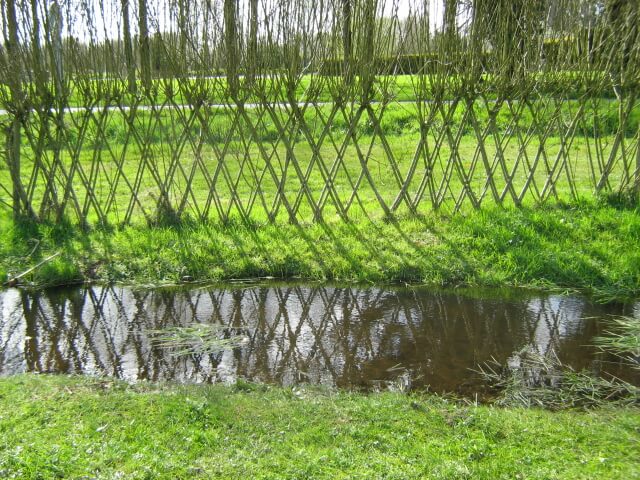
Woody plants are planted and maintained (often thorny species if livestock is involved or if pest wildlife species are an issue in the area) to create a border around the area of land you want protected/separated.
This is achieved generally by either cultivating a tree nursery or buying young, ready-to-outplant trees, and planting them in proximity (the planting distance directly relates to the species you choose for your live fence) around the target area.
Woodlots
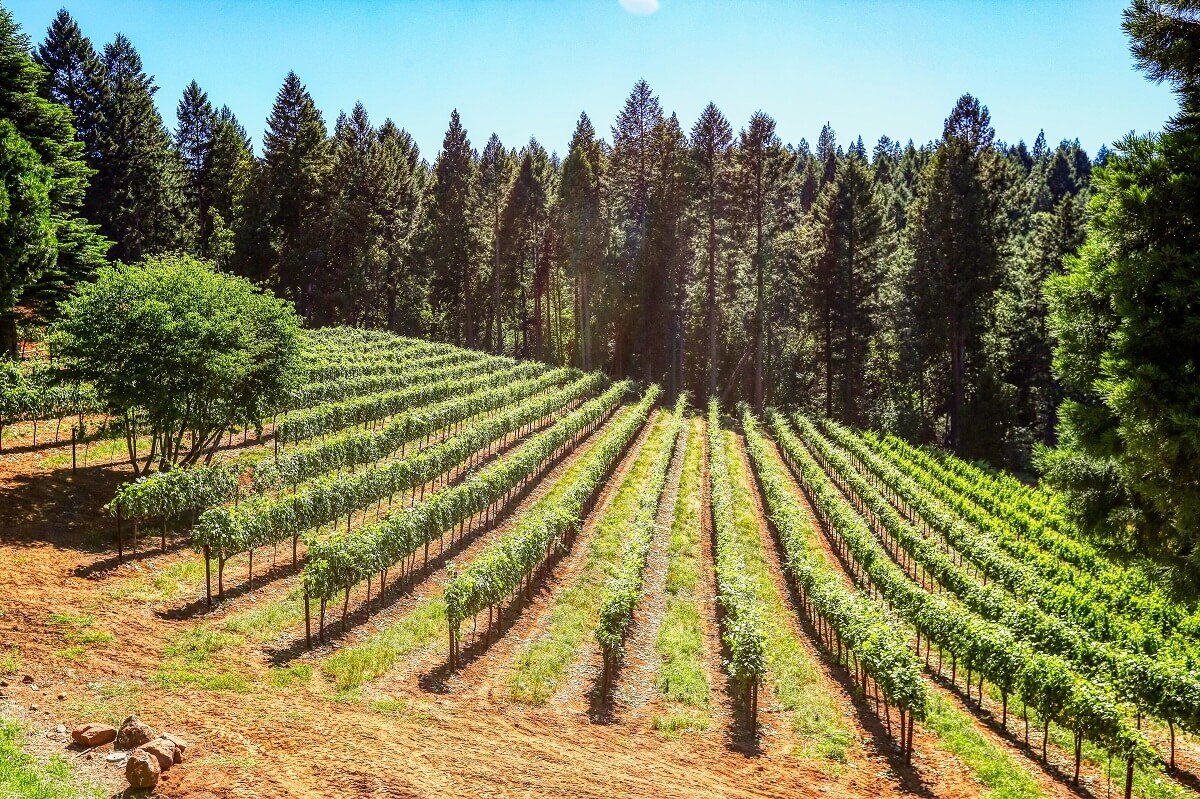
Woodlots are intentionally separated trees grown in narrow, block-style rows to serve as animal feed, green manure, firewood, or pollination for bee production. Typically, fast growing tree species are selected for this process.
Insect Barriers
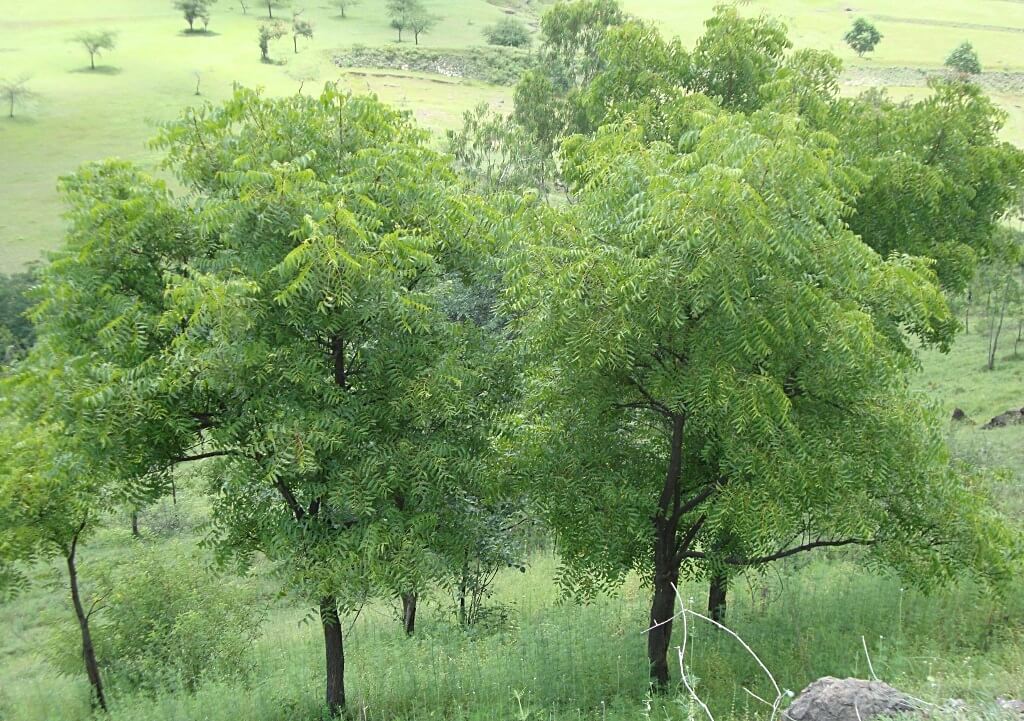
An insect barrier refers to specific insect repellent tree species that are planted to keep pesky bugs at bay. Oftentimes, eucalyptus or neem trees are used.
Insect barriers may be used in combination with other agroforestry practices such as hedge rows, erosion prevention, windbreaks, and live fencing to establish an especially safe environment for plants and livestock.
That said, it’s uncommon agroforestry practice for these trees to be used solely as an insect barrier. They serve multiple purposes, whether that be windbreak, shade, or live fencing.
Erosion Prevention
This agroforestry practice is typically used on cropland and animal pasture where topographic features cause runoff and erosion issues. Trees are planted on edges of slopes or terrace borders to help stabilize soil with their roots, and create healthy topsoil over time through defoliation and decomposition of organic matter.
Check out this example diagram of agroforestry erosion prevention in action, courtesy of ResearchGate.

Pros and Cons of Agroforestry
Most agroforestry practices carry the same general advantages and disadvantages, so when you’re assessing whether or not agroforestry is something you’re interested in, this list could provide some basic, helpful insights.
Pros
- Creates natural border
- Increases biodiversity conservation
- Avoids monoculture
- Increases wildlife habitat and food security
- Is environmentally proactive (carbon sequestration)
- Helps stabilize and reduce soil erosion
- Provides shade from trees
- Provides microclimates (that increase water retention rates and allow for cooler localized climatic conditions)
- Is aesthetically pleasing
- Requires little-to-no maintenance, once established
- May yield increased crop production and diversity on the same parcel of land
- Provides natural windbreak
- Mitigates climate change
Cons
- Requires extensive management before establishment
- Needs extensive management after establishment in storm-prone areas
- Increases start-up costs and labor
- Takes significant time to establish if woody species are not present (not easy if time restrictions are in place)
Thoughts and Considerations
Understanding your goals and objectives for implementing a practice of agroforestry is going to be one of the keys to your success.
What is it you need to implement in your current agricultural setup?
- Maximizing yields of different crop species and crop returns?
- Stabilizing soil and decreasing erosion?
- Increasing natural borders and restoring wildlife habitats?
- Decreasing wind speed and protecting crops and livestock?
There are many possibilities with beginning agroforestry, and depending on your desires, your practices may be carried out in a variety of ways.
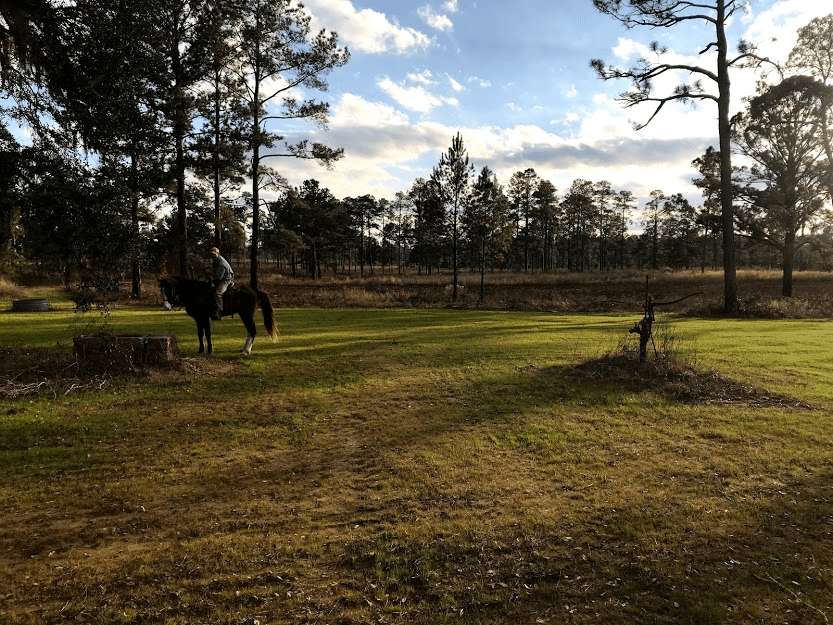
If tree crop interactions are your primary objective and you choose to implement alley-cropping, it is important to understand the shade tolerance of your crop species. If the crop has low shade tolerance and your tree rows are too close, the excess shade could reduce crop yields.
Tree pruning is one of the most important parts of managing agroforestry practices. Large trees are difficult to prune and may become dangerous if a limb or tree falls.
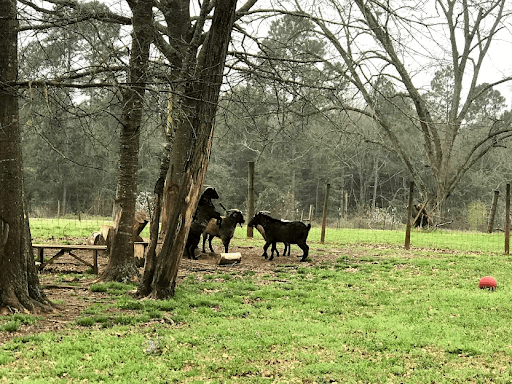
Trees with lateral root-spreading tendencies tend to rob crops of water and nutrients. Prolific seeders will have to be managed to keep reproduction from taking place in crop areas.
It is wise to consider the amount of labor and time you can give as well. If woody species are not already present, time spent establishing agroforestry on your land will be dramatically increased. If you desire many trees in your practice, labor will likewise be increased.

Agroforestry results can be easy to predict — as most homesteaders have basic knowledge of agriculture/forestry/ecology:
- Resource competition for shade, water, and nutrient competition can be anticipated.
- Changes in understory microenvironments create foreseeable results.
- Seasonal cycles of plant activity are well known.
- Studies have been done on responses to management for trees and crops that are easy to access and reliable.
Agroforestry is a great option for maximizing the usage of your land and doing so in an environmentally friendly way. The biggest drawback of agroforestry is the amount of time it takes for establishment of planted tree species, if they are not already present.
However, after establishment, agroforestry yields many fantastic results and is a great way to integrate environmentally diverse habitat into your homesteading. Whether you’re a landowner with just a couple of acres or have an abundance of farms that you maintain, the decision to practice agroforestry is one that will benefit your land and the animals.





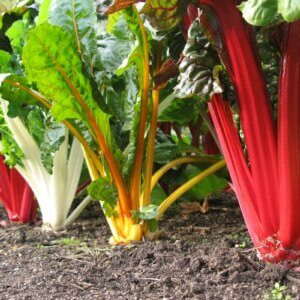




































Leave a Reply